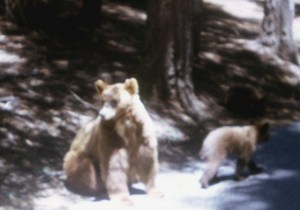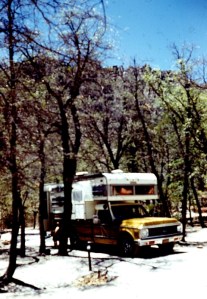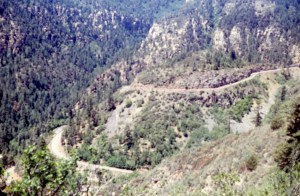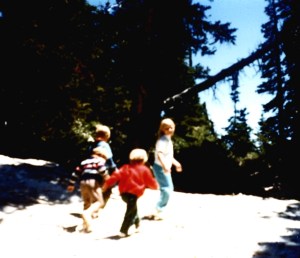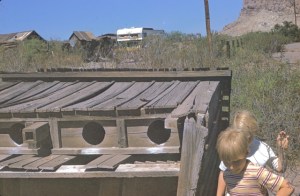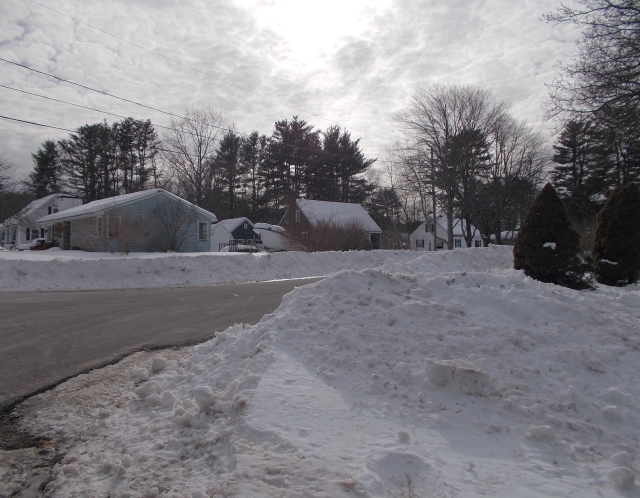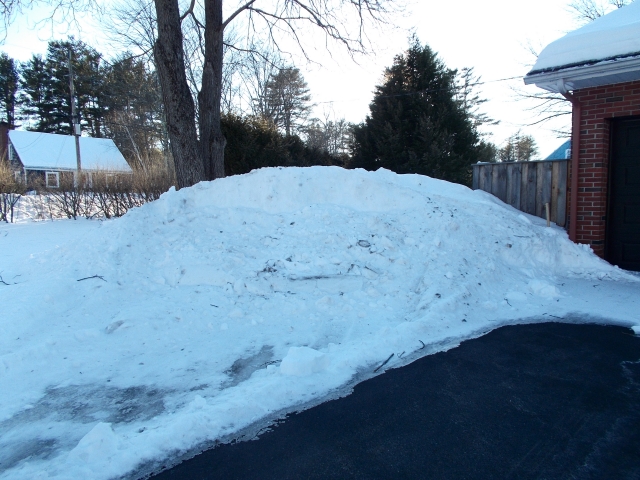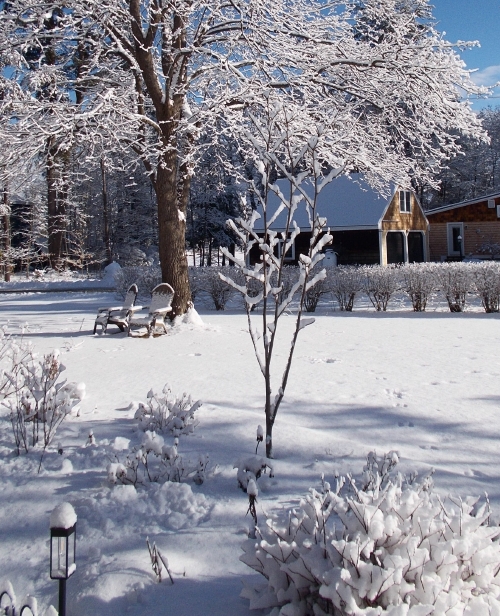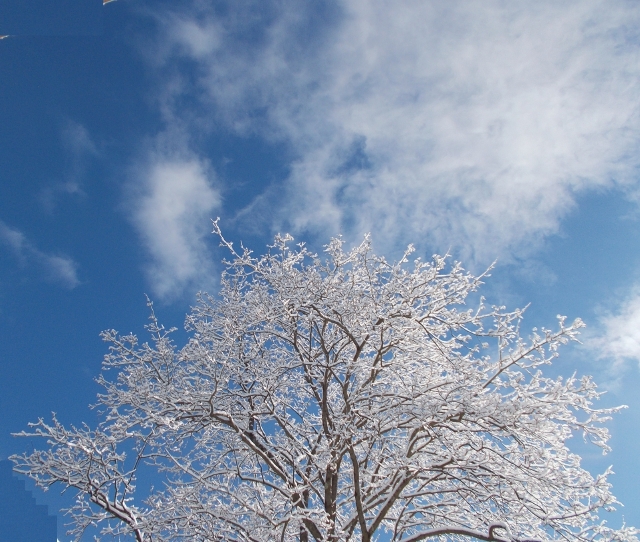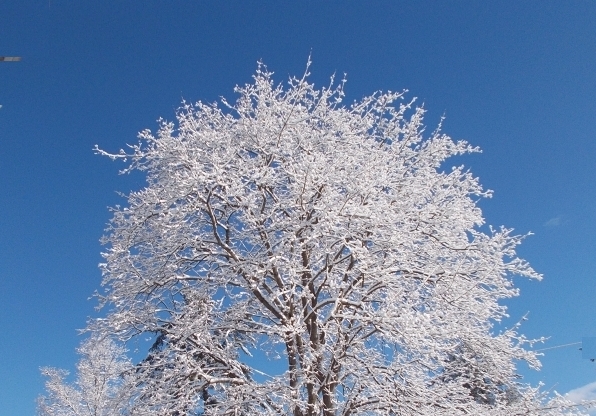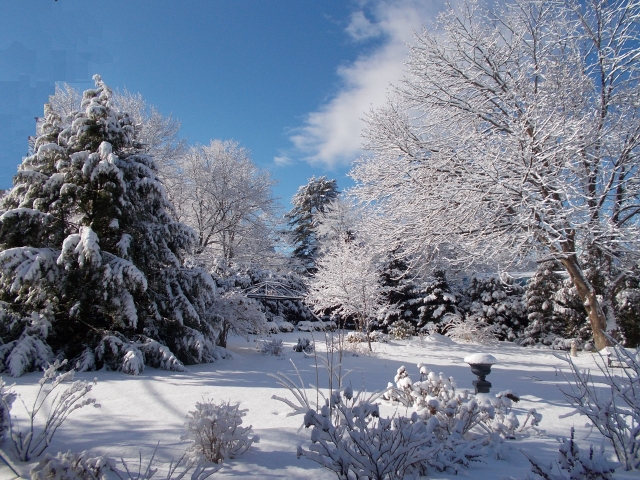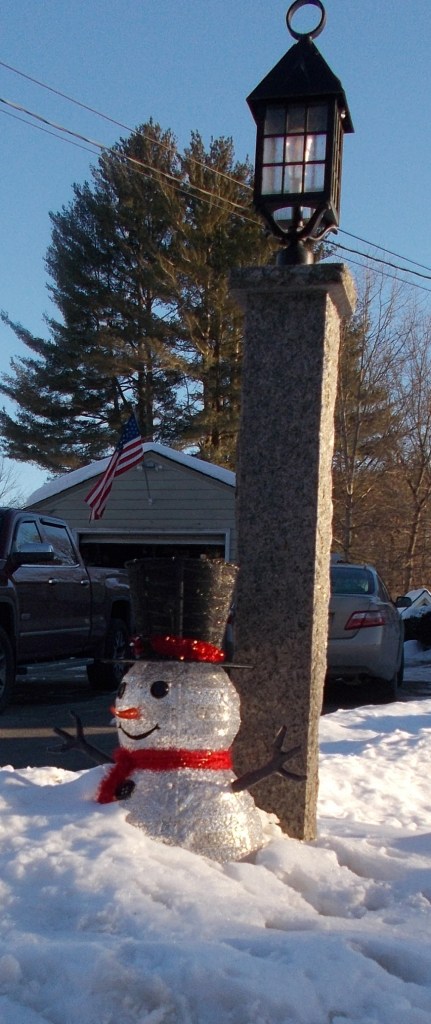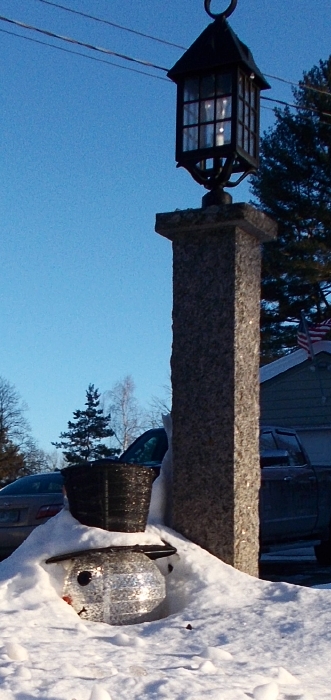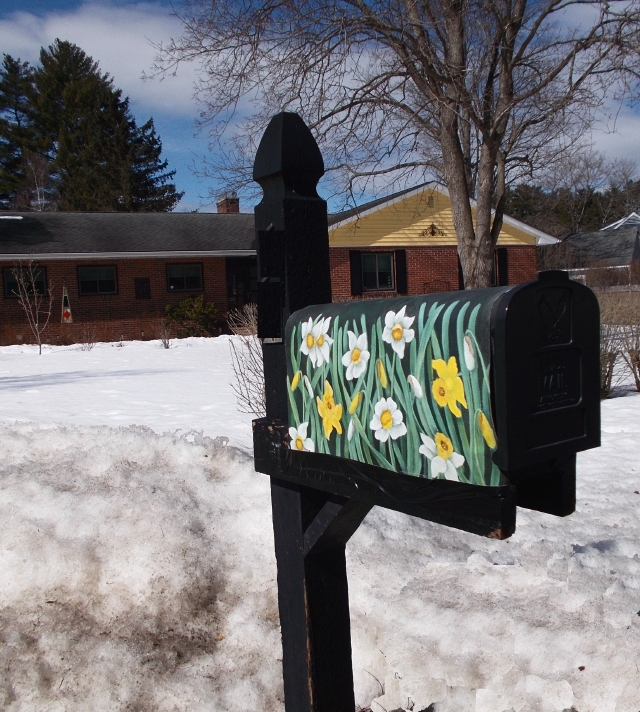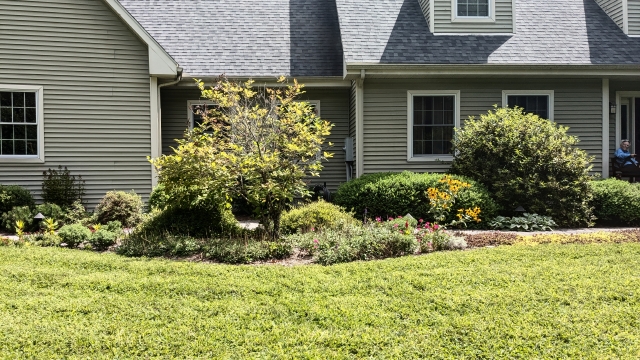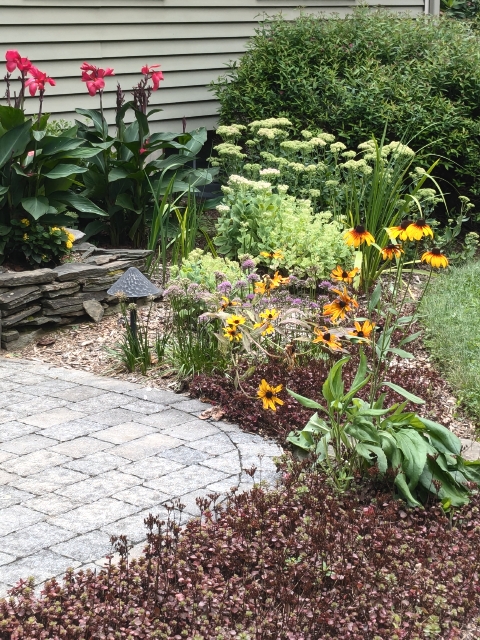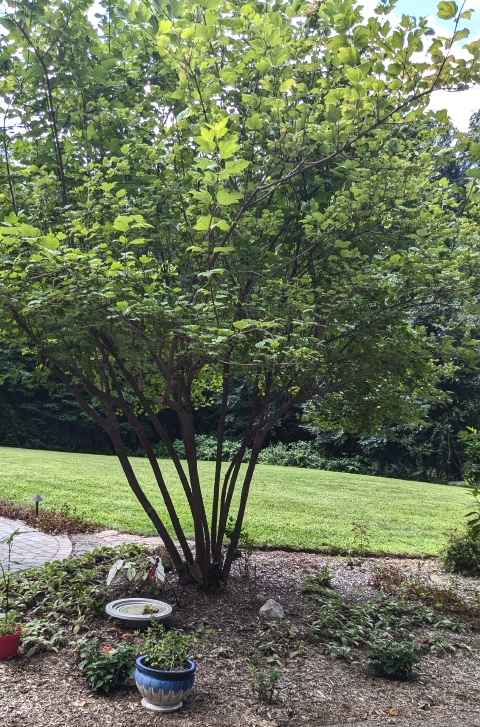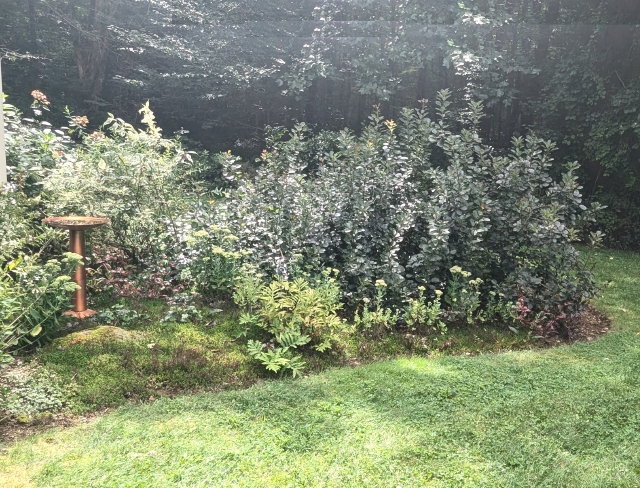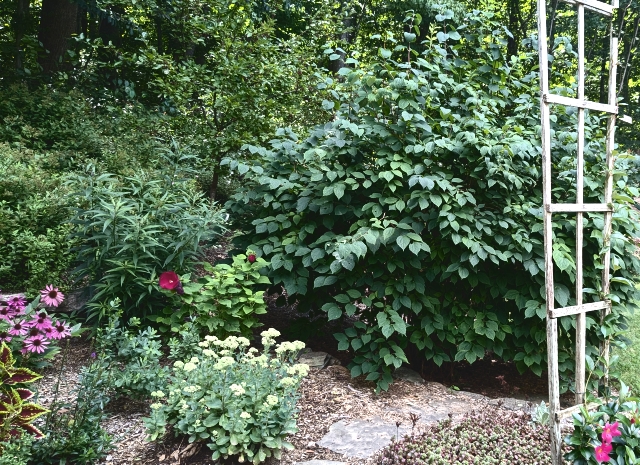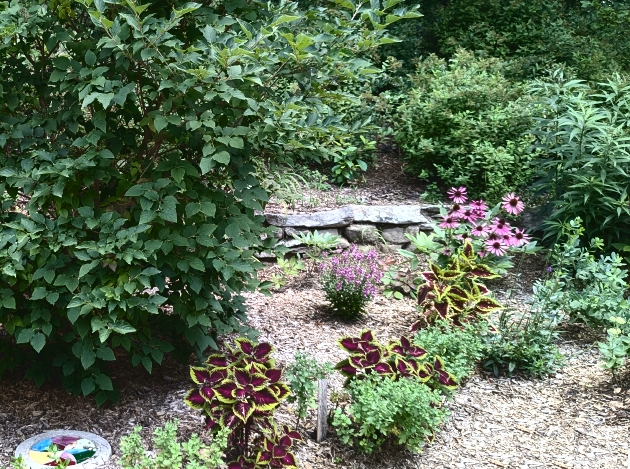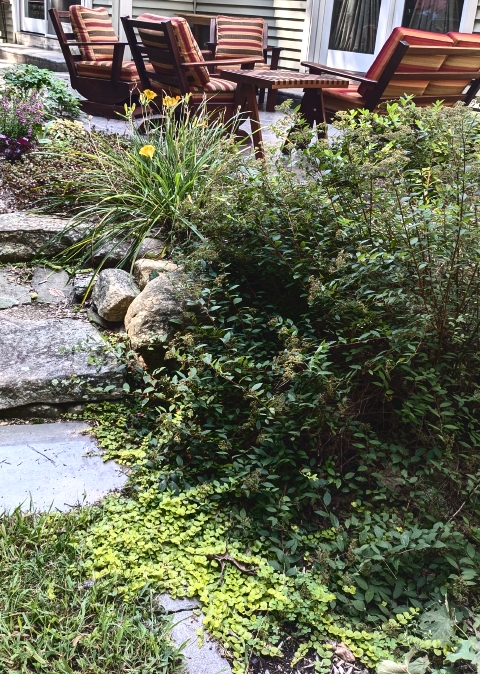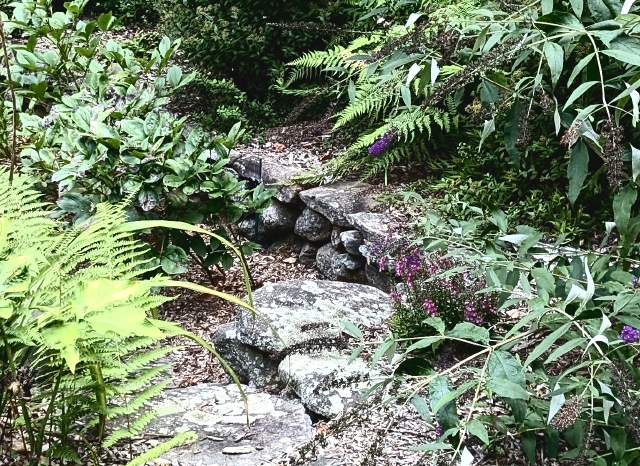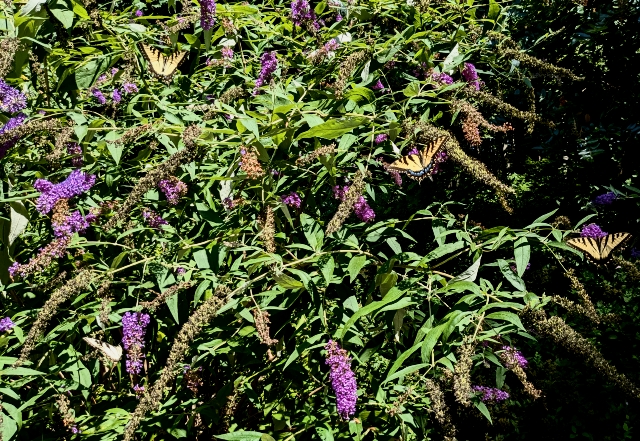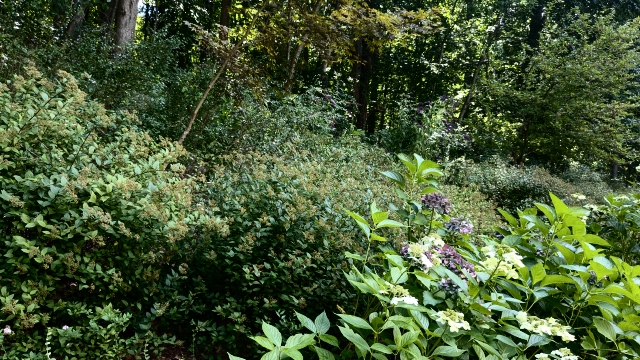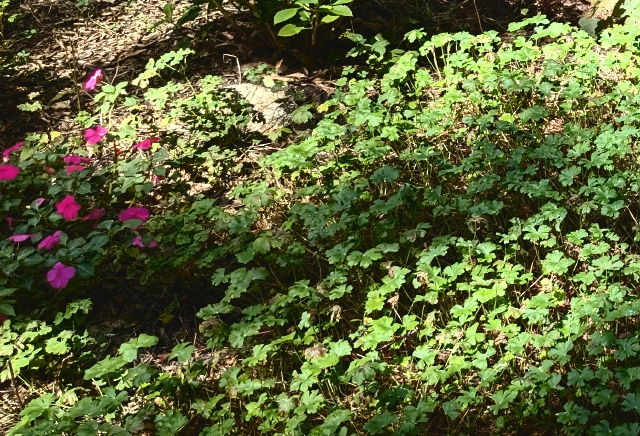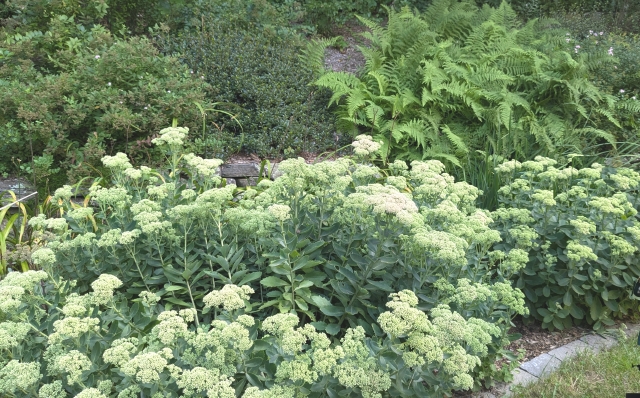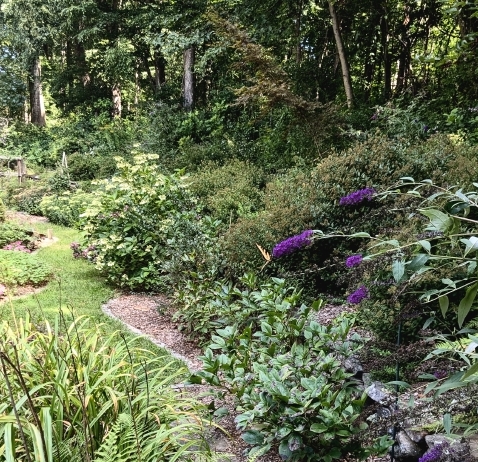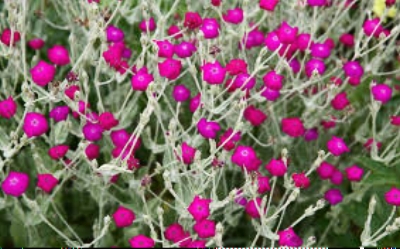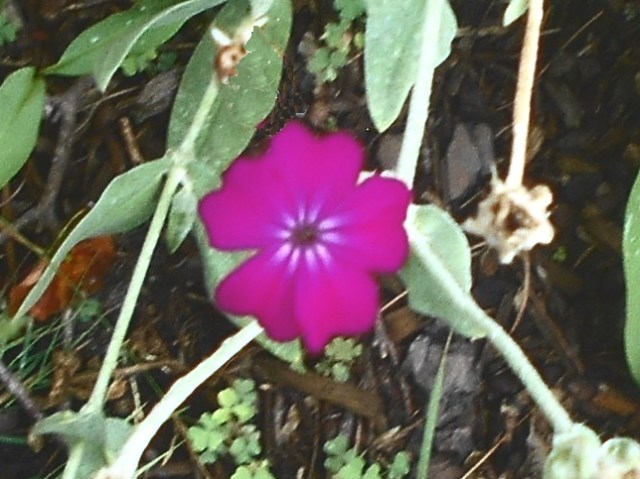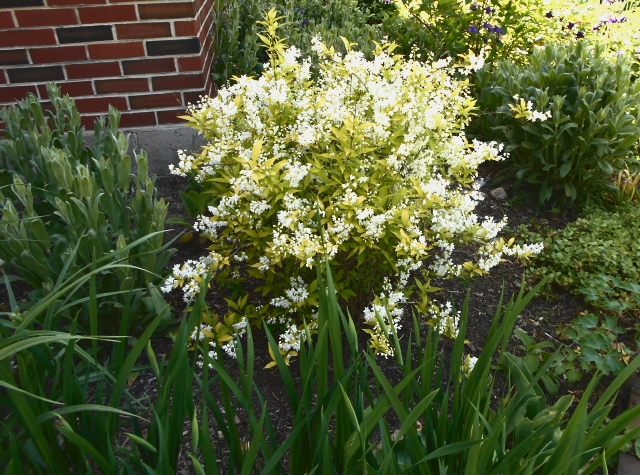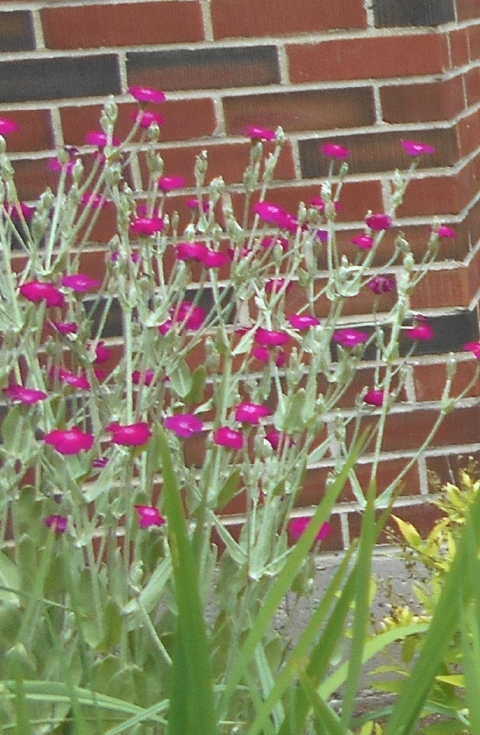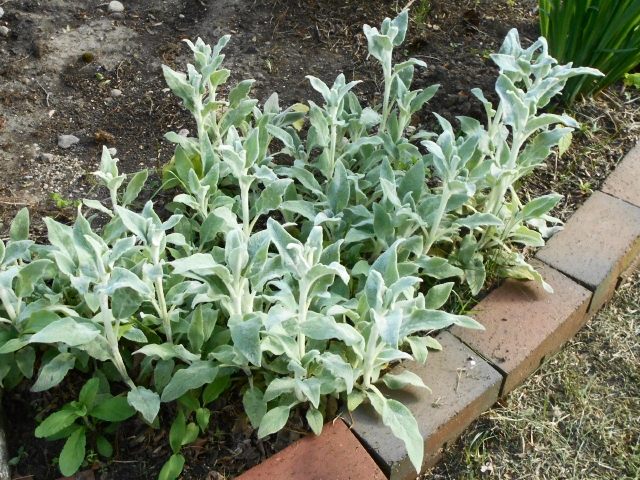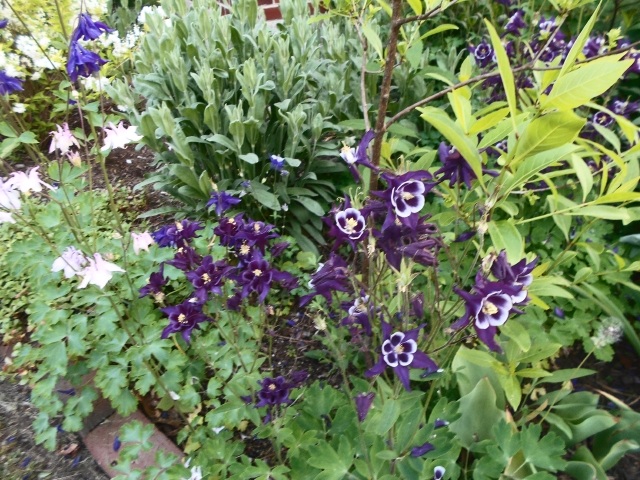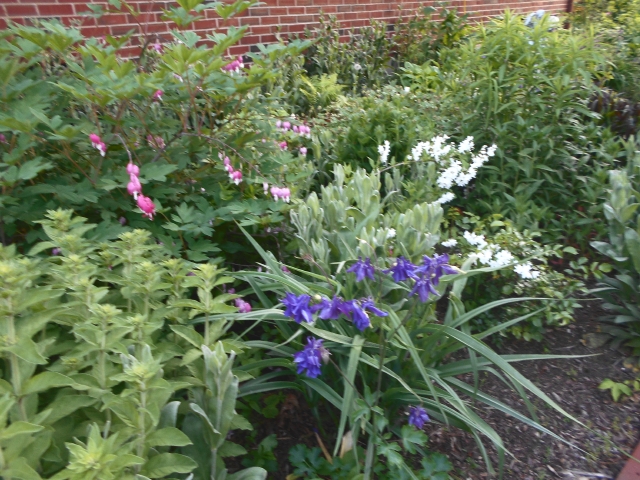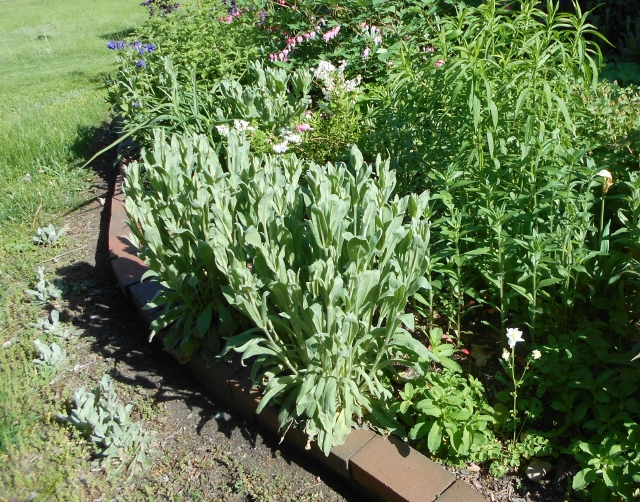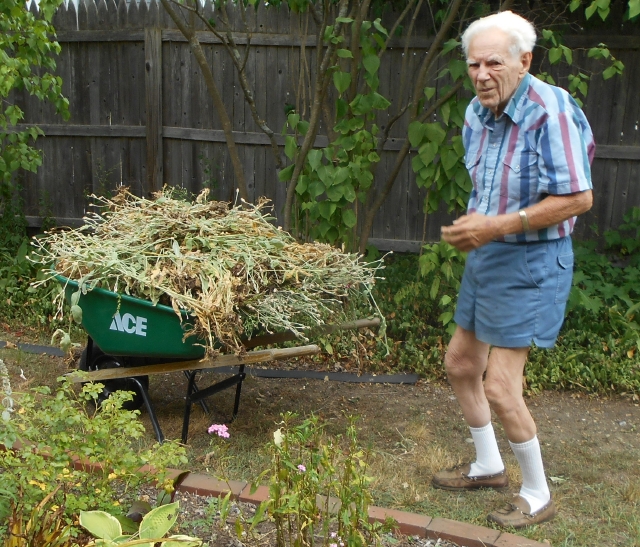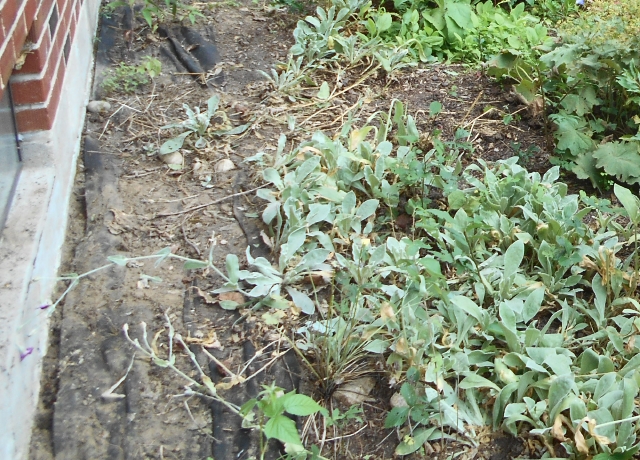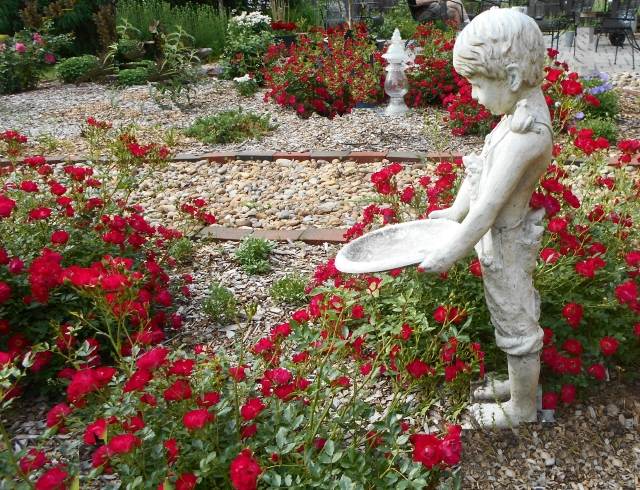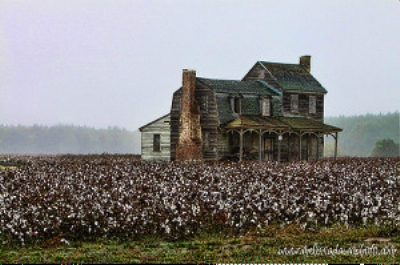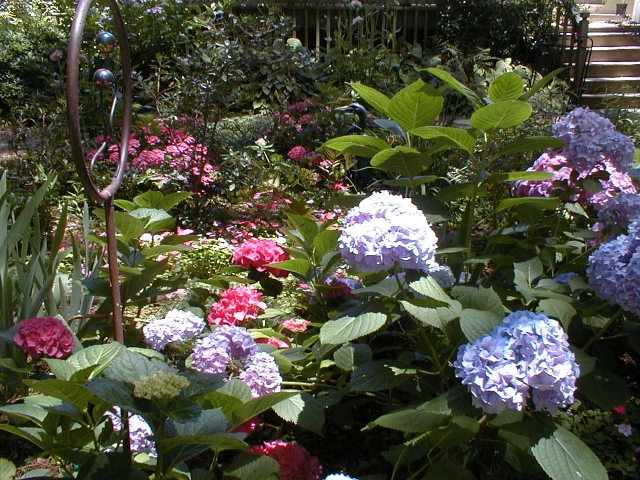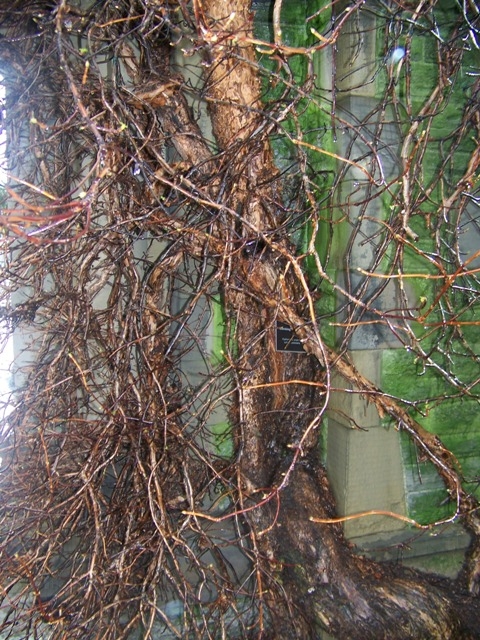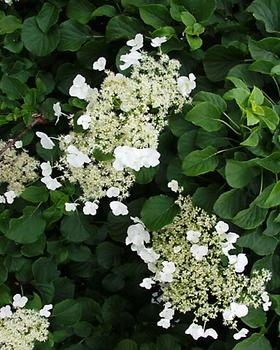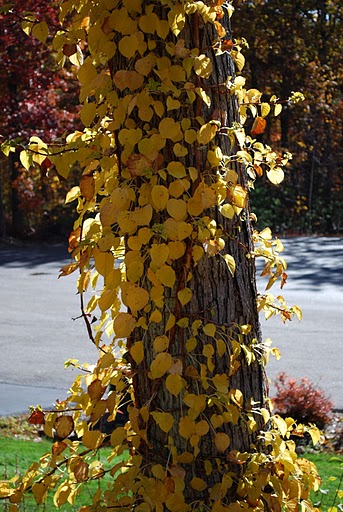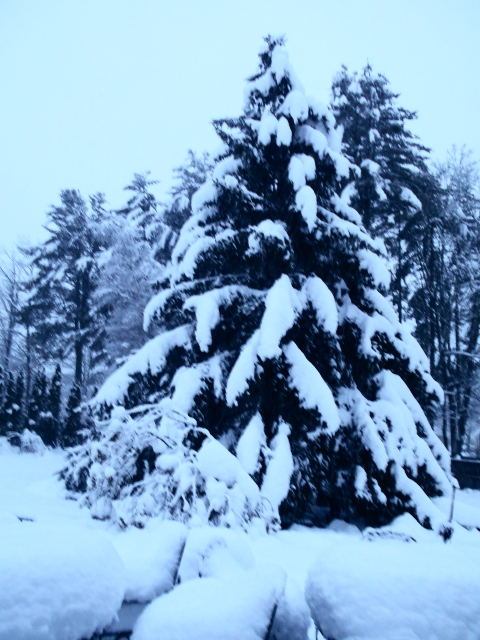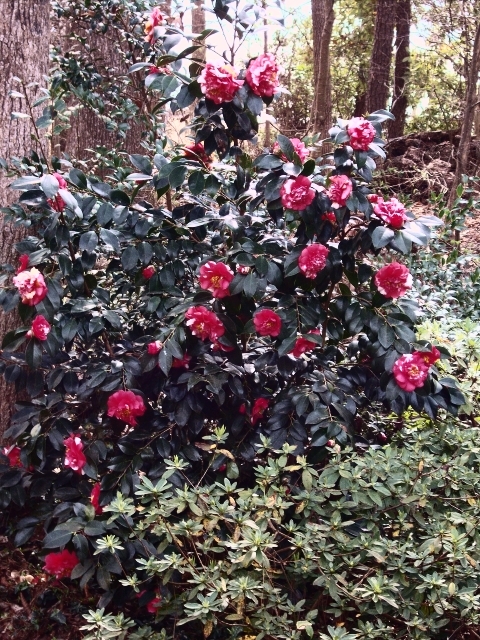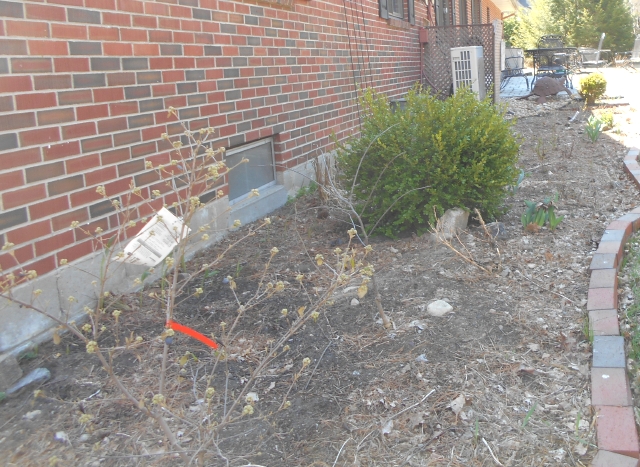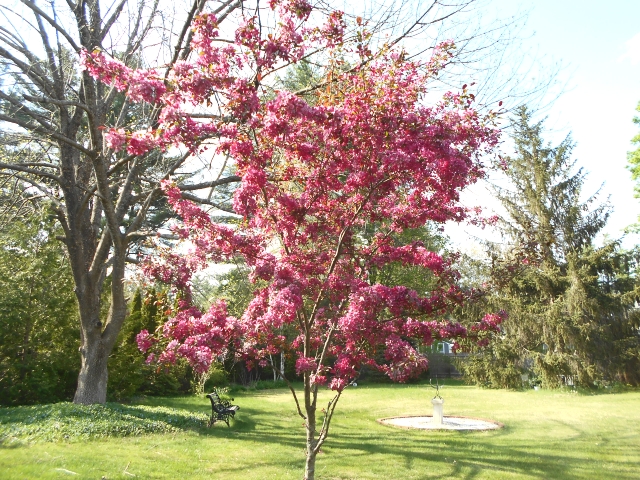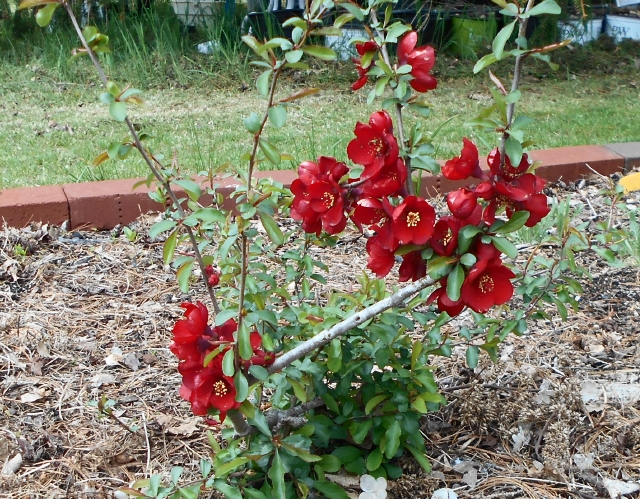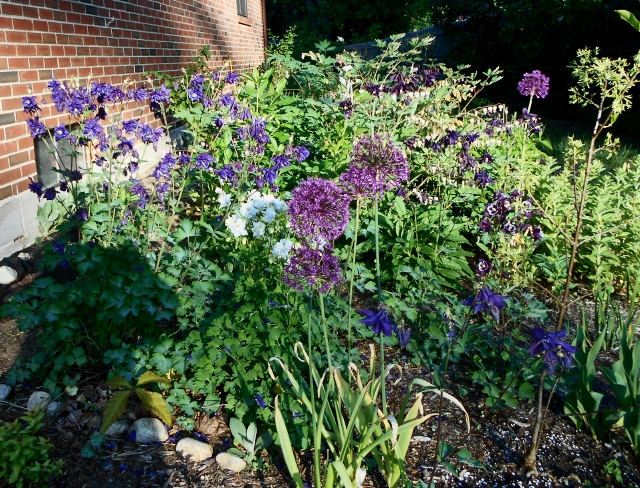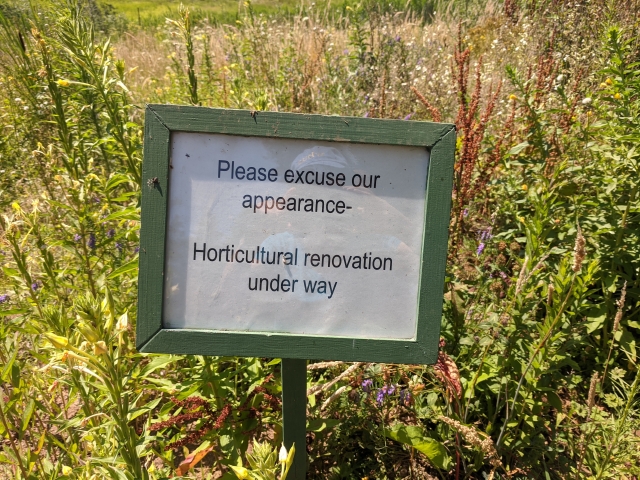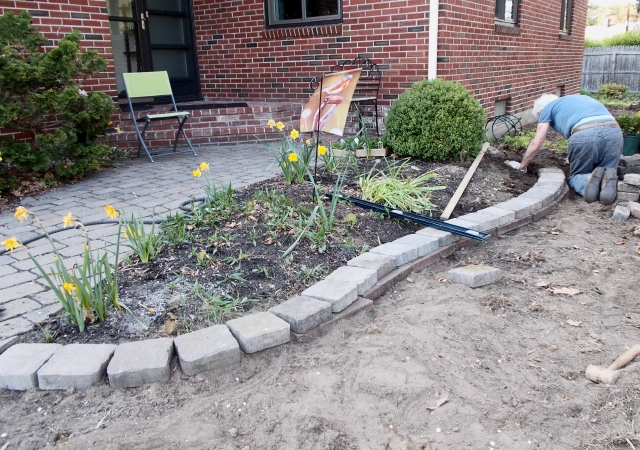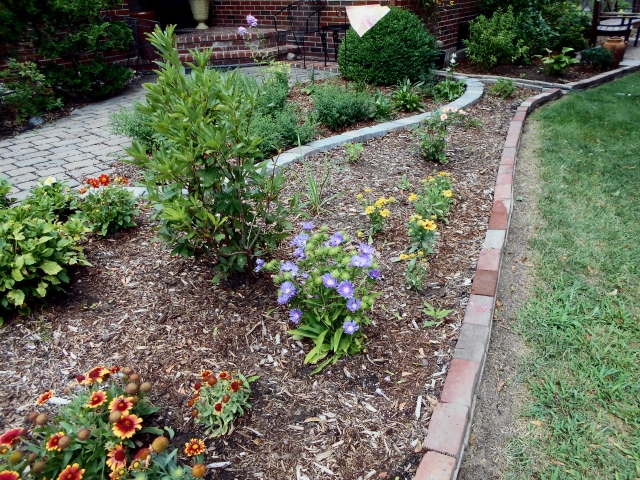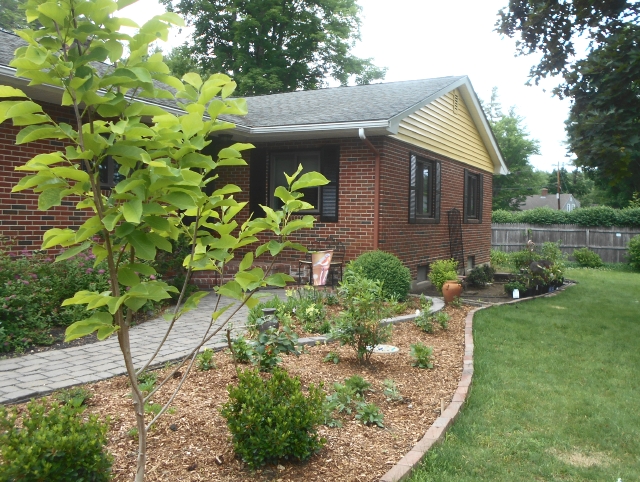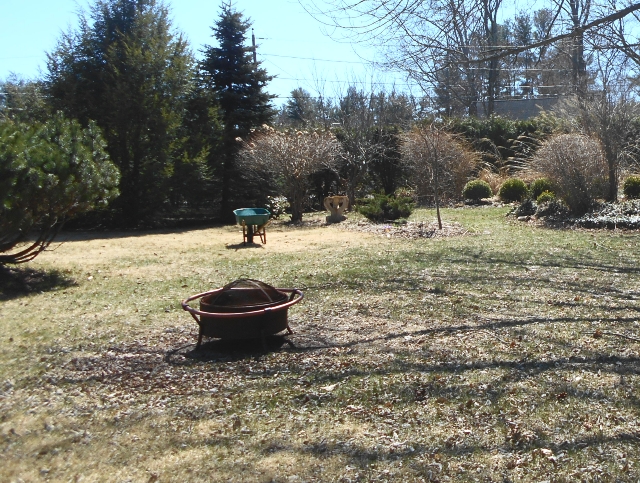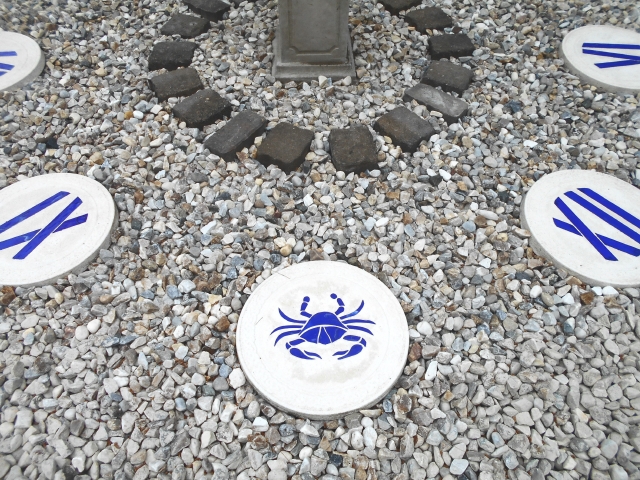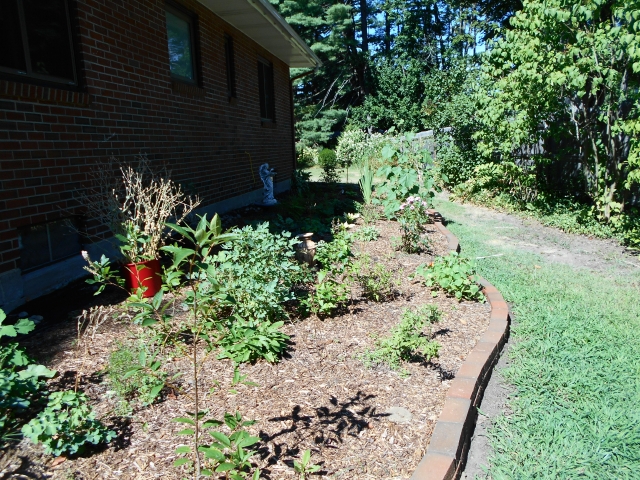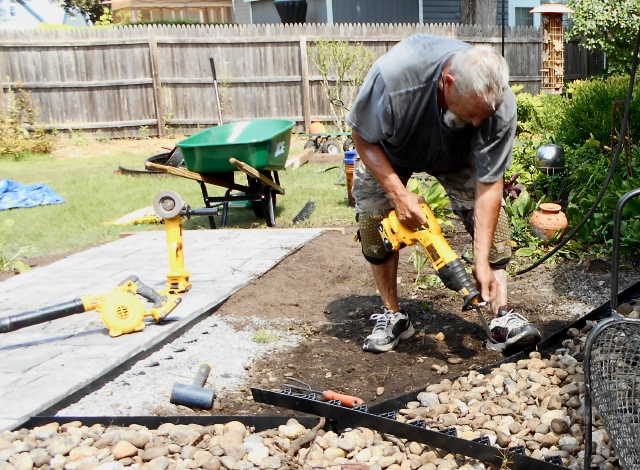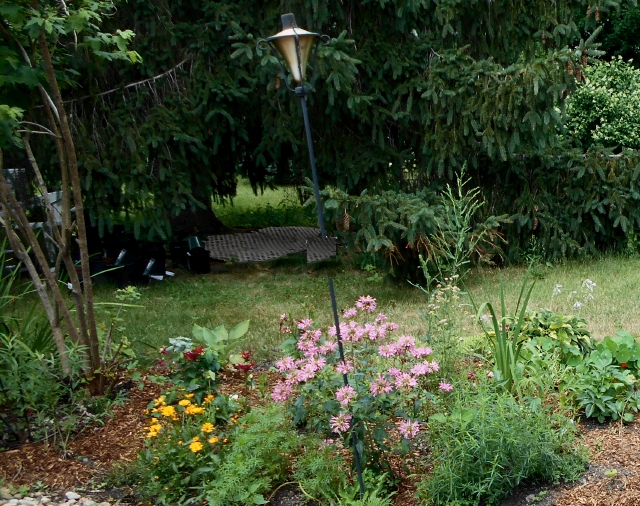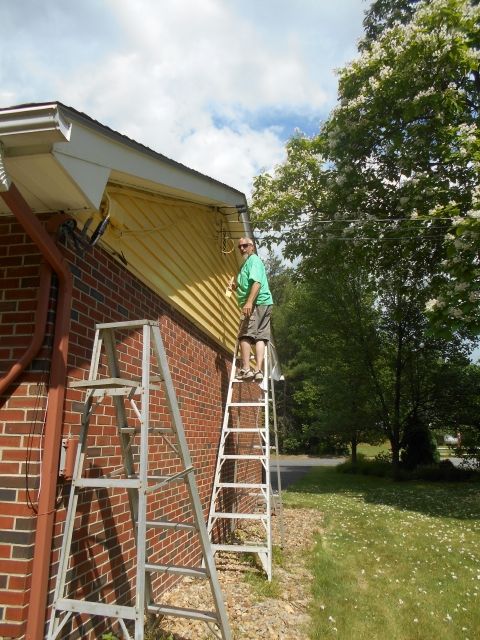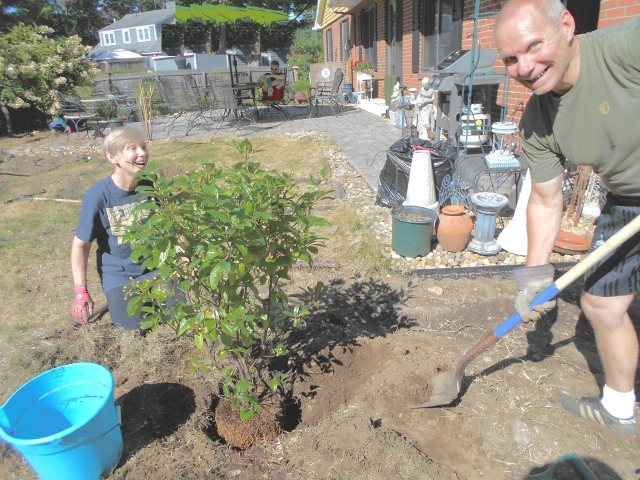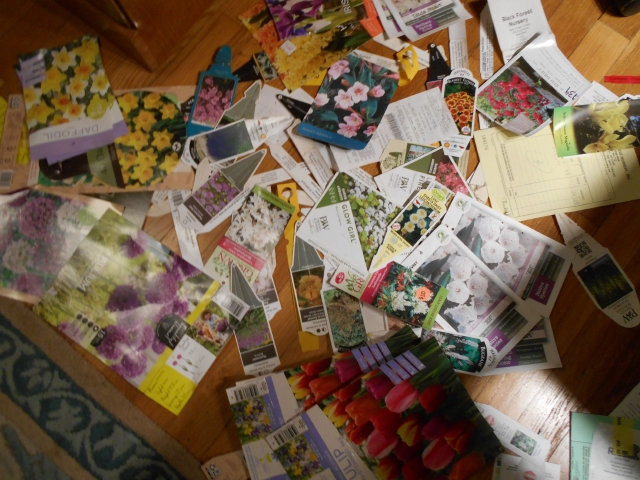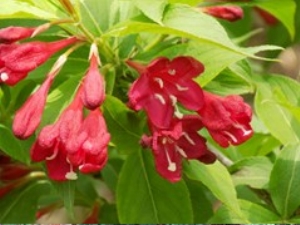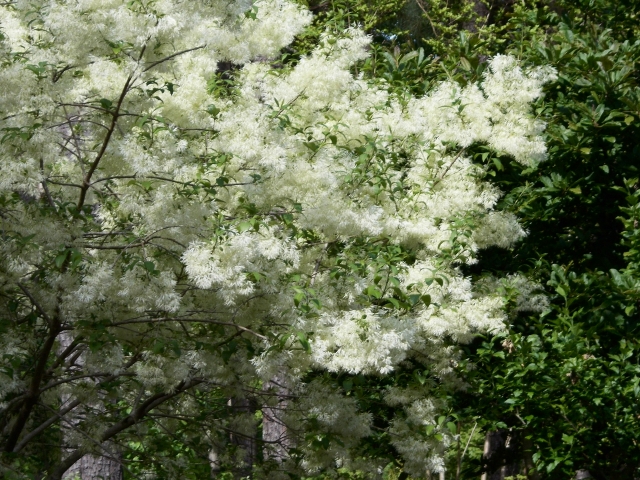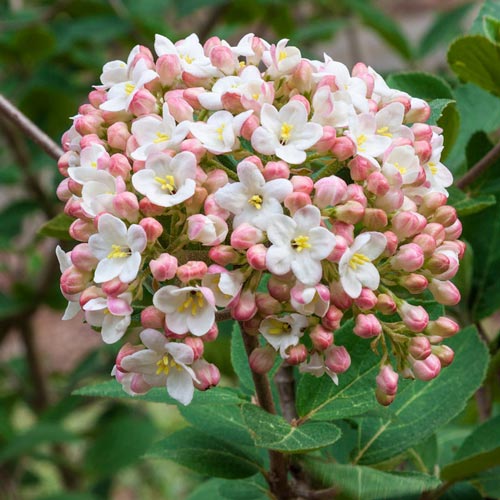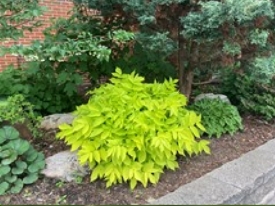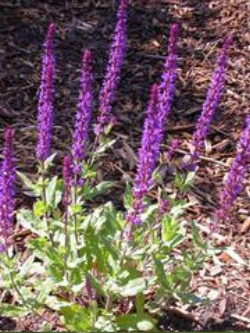Country Trees City Trees

A nod to Winter, but not in New Hampshire. Heavy snow in North Carolina a few years ago shadows the sign Canoe Crescent that we erected after a tree crushed the canoe during Hurricane Isabel
Country Trees
I miss the wind. Even on still days there was furtive gossiping, murmurs, whispers, swishing, sighing in the air, with answering ripples, sometimes, from lazy waves lapping at a sand bar some place.
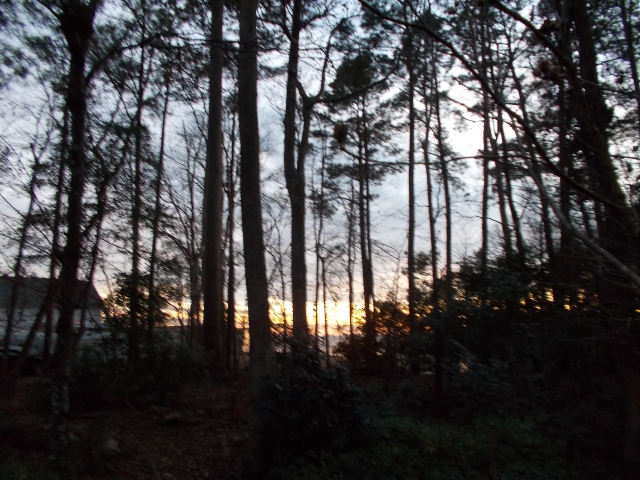
Sunset over Albemarle Sound silhouettes young trees
Visitors used to comment on how quiet, how peaceful it was here, and slowly they would unwind in this land lying next to Albemarle Sound in North Carolina. Whispers in the woods supplanted grinding gears in the city.
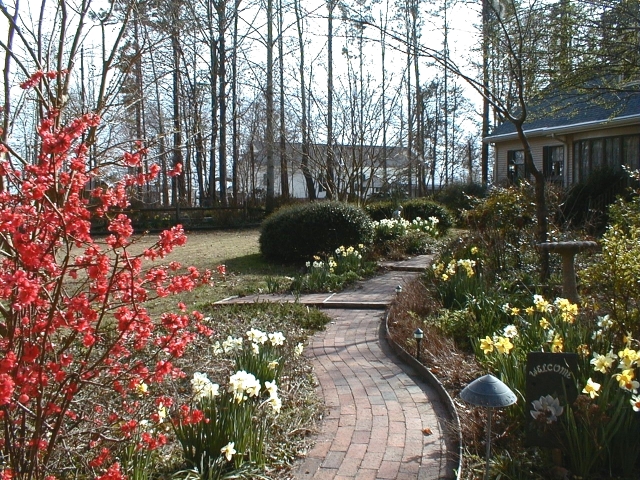
Trees were always a backdrop to the garden. Photo taken 30 years ago along the front walk
There are no whispers during big storms. Winds roar and trees rumble and roll.
The Pines Along the Road
Across the road from us, loblolly pines grabbed the real estate after land was clear-cut fifty years ago. Methuselahs that were spared cast their pine cones abroad, insuring a monopoly of offspring close by.
Their youngsters pad the forest floor with broken and bent needles that turn coppery if a stray sunbeam side-lights them, for these are dark woods and the pine-needle carpet is thick and plush and makes great hideouts for chiggers and ticks.
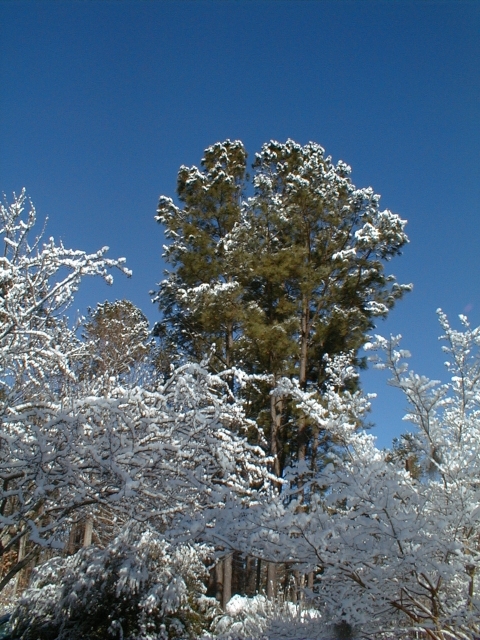
Our Methuselah to the north, a lone loblolly pine, seems to watch over our land
Here’s the peculiarity about these exclusive pines across the road: During high winds they dance in precision like royalty of old in the courts of England and France. They line up and sway with elegance, as if some chorusmaster is choreographing the show. Altogether now, sway to the north. Altogether now, sway to the south. On beat. They dance as one.
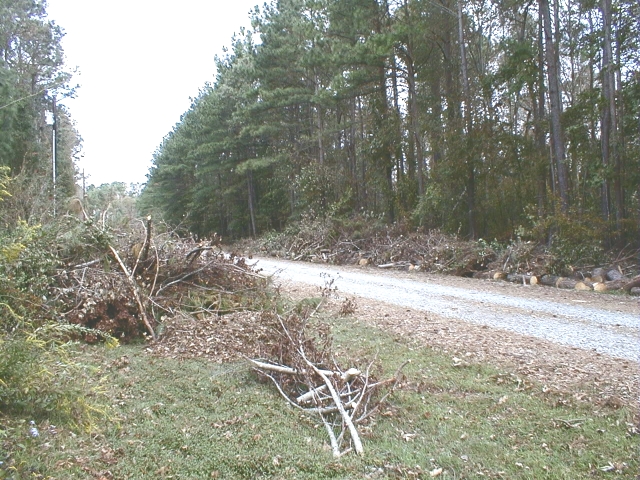
In thirty years none of the loblolly pines across the road took a header in a storm, while others that were not part of this exclusive club hit the ground
If you look for some semblance of order in growth at ground level, you will be disappointed. Tree trunks here are scattershot through the woods, random.
Here’s an even greater peculiarity: The treetops line up in rows that sway opposite each other. As the first row sways south, the row behind sways north. Then the sway is reversed. When the first row sways north, the row behind sways south, creating a contra as lively as colonial dances in church halls then and community centers today.

Work crew is removing remains of trees in our backyard felled by Hurricane Isabel because they were growing on fill dredged from swamps and their roots never got a toehold in the woody litter. Note the stature of the loblolly pines
The timing is flawless (they’ve had decades to rehearse). Despite the hurling, gyrating wind, there is no hesitation or twisting. Once resonance begins, as long as the wind drives the rhythm, the swaying does not waver, wind and trees howling together to the world, never bowing, never breaking, never faltering, except for the occasional grandfather with a rotten base that topples, its crash but a blip in the rage of the storm.
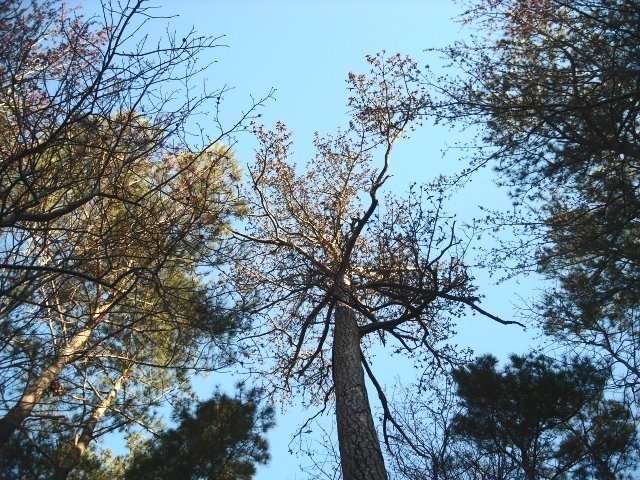
Methuselahs succumb to age, too. Ours was not caught in a storm, but was attacked by pine beetles that galleried the tree, destroying its lifelines to and from the ground
The Higgledy-Piggledy Woods to the South
If the pine woods across the road are exclusive and elegant (in high winds anyway), the woods to the south are a higgledy-piggledy catch-all for an improbable assortment of trees.
Paul Bunyan must have pocketed seeds from every kind of tree he lumbered and scattered them over this little patch of no more than half an acre. Here’s a breakdown:
A couple of male American hollies with spikey elbows. Some spindly pines competing with two Methuselahs. A gawky, hesitant oak. And sweet gum, sturdy, wannabe kings.

Gawky American holly tangled in snow
There are more: Ironwood and eastern hophornbeam (struggling now, beyond their prime). And spindly but healthy understory aralia (Hercules Club we call it because we dare not touch its spiny branches).
And more: Red maple, whose surface roots may rule the underworld with their spread. Mockernut hickory whose nuts bop us on the head if we are not vigilant. And red cedar that grows into an enormous lump.
And even more: Black cherry that would like more sun. And swamp redbay, a handsome, robust grower that hosts the palomedes swallowtail but misses being a popular ornamental because of its unsightly (to a gardener) leaf galls.
Thirty-five years ago these trees were bumptious teenagers, leafy, skinny, and expectant. Somehow they grew up, lanky, and we did not notice because our eyes were cast low. Still, they charmed us through the seasons.

Winter Wonderland
Today they are long and lanky, but sturdy, not round and chubby like solo trees fed on lawn-care diets. They crawled up from seeds cast casually by wind or birds on hard clay, soil scraped barren of life by bulldozers fifty years ago. They scrabbled. They elbowed.

Spring, dogwood and azaleas planted to hide their knobby knees
Unseen, unhurried, and unhindered, roots spread out, tusseled, and embroidered an opportunistic network. Big roots went as deep as they could in the clay. Hair roots created a dense mat.

Fall
We discovered how tenacious the roots were when we tried to plant camellias under these thrifty trees. They grudgingly gave way when we dug holes but battled for underground supremacy when they found that our rich, hand-mixed soil was far superior than baked clay.

It took time, but camellias, azaleas, too, eventually held their ground and blossomed
The canopy is 70 feet above us now, and some of those trees have the lean, rugged good looks of a fifties movie star, but not many.

Handsome? Rugged? Thrifty?
They and their understory shrubs became an integral part of our landscape; in summer their deep shade kept us comfortable and cool.
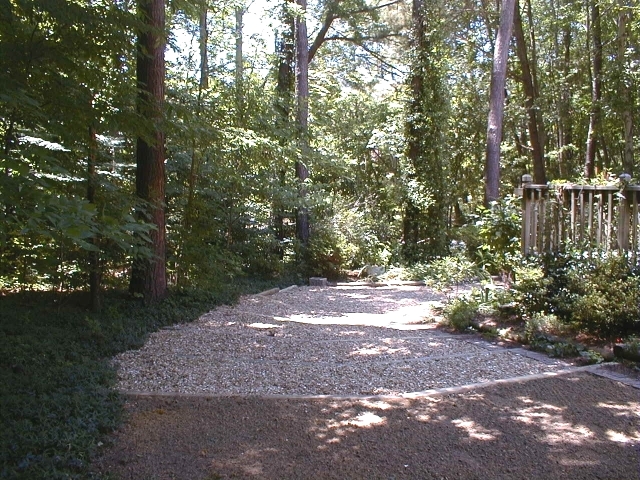
Caressing our garden with their shade on a hot summer afternoon
But these gawky, spindle poles are not about to join any elegant dances. Basic survival from battery by wind and storm is the game.
They whip and twist and buck like untamed broncos in gales and bend until they must break. But they don’t. They lose limbs, instant, crackling amputations, cullings that tear out weakness, disease and death hidden by green canopies.

A foggy day gives them an air of mystery
Their trunks don’t snap and they are not uprooted. And they stand up straight again when the 60-mile-an-hour winds retreat. How is this possible after hours-long pummeling?
Casualties are unseen. Sinews stretched and torn during forced acrobatics can invisibly weaken a tree that otherwise stands tall, inviting insects, disease and early death. But most of these trees are prepared for the inevitable big storm.

Under cold winter sun and blue sky they gleam
Listen again to those sweet breezes on a summer day. They are more than just a tonic to our souls. They are gymnastic workouts for trees, warm-up stretching and bending, flexibility training. Barely perceptible creaks and groans, even the gossip, are signals that trees are resilient, so they can buck the wind when they must.

Almost forty years old in this picture, they are a dependable backdrop, gracing our garden and its crabapples with their spring green
Our Country Trees will buck in storms and creak in summer breezes, but we will not be there to witness their adventures, for now we live in a New Hampshire community where both natives and non-natives have become City Trees.
City Trees
High winds may tear up loftier hills but they sweep over and above this bowl snugged in by mountains and nestled around a lake. This is where we live now. Life is pretty tame for trees here, unless lusty gusts cause a rushing and a rumble and snap away at branches and twigs to remind homeowners that to welcome spring will require some raking.

Summer afternoon by the lake in the shade of white pine trees
Other days, especially after a snowstorm, you can feel an infinite stillness, a hush. On a winter morning after, dustings of snow that sparkle in the brilliant rising sun seem caught by time. The vision may vanish but the lovely memory lingers like an old photograph.

Frozen for a moment
The large old pines that line the lake do the yeoman work of holding soil in place and many have been around for eons.

The base of an old pine, its growth rings too numerous and confusing to count by eye, is hoisted up and over an 1880s house. The tree was probably older than the house
Cutting pines along the lake is strictly controlled, but sale of the huge logs helps defray the cost of removal.

A pile waiting to be picked up for transport to the mill
Inland, pines cluster along roads and empty spaces or ribbon through backyards, their shade keeping maple, oak and birch striplings down.

White pines at the boundary line behind our house
Once white pines covered the entire state in prodigious numbers. They fell quickly to England’s need for tall masts and colonists’ needs for survival. Second and third growths ramped up, but commerce has whittled their numbers.
True city trees are specimens, perfect in form and shape. Solo performers. Chosen. Native or near-native, doesn’t matter as long as they behave like specimens.
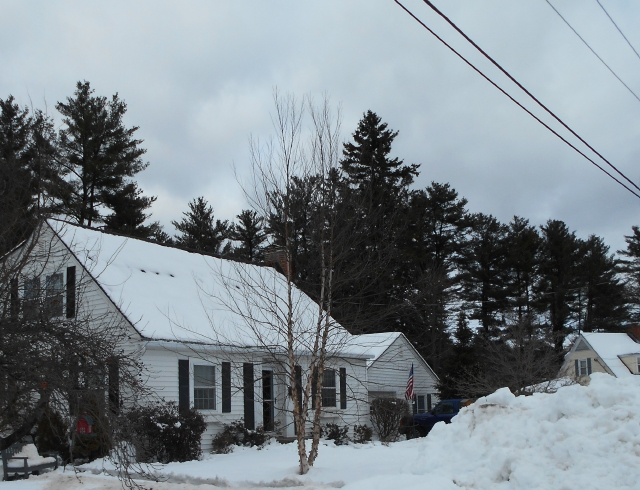
A young birch, graceful and fast growing, will welcome visitors when the pile of snow is gone
They are planted because their owners want a welcoming front yard or an umbrella for shade, or markers for property boundaries.

This old tree complements the yellow cape
If the decades of the twenties and thirties called for a chicken in every pot, the decades of the forties, fifties and sixties seemed to call for a tree in every front yard. Sometimes two, if the house warranted.

An old white birch, gnarled and tired, still dominates the homes around it
Fast growers are preferred. New homeowners on cleared lots could then declare they’d never seen anything grow like these instant trees.
Two Norway maples that held court in the front yard of our house and were featured in Snapshots Part I are examples.

Once a supple beauty, this white birch in a front yard will not give in to the arborvitae closing in around it
Vintage trees, these city trees are, settled in, old, and buxom, because life has been pretty easy for them. Sunlight urges them on and soil is complicit, so energy goes into complex growth patterns, labyrinthine branching – and magnificent size.

Multi-branched and complex, and large
Some of them dwarf the homes they are supposed to embellish.
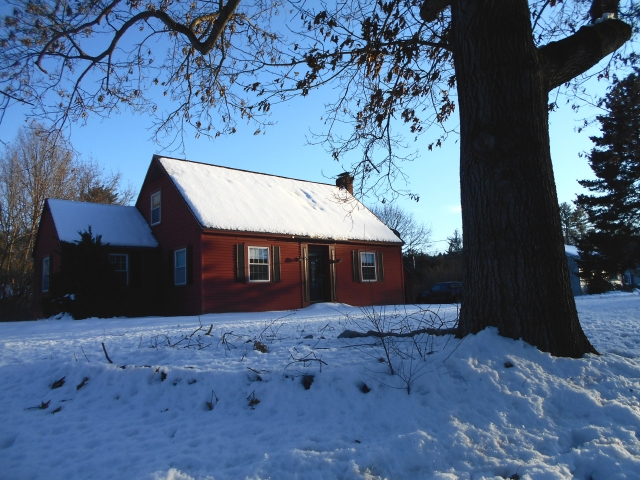
The old oak may actually have been in place before this cape was built during the last century
They have their share of scars, deep dark holes, split bark, and scalpel work on dead or decaying limbs.

The old birch hangs in, as maple saplings crowd it. What animals find shelter in its hole?
Many hang on with missing limbs, lopped by chain saw or broken by disease.

Snow caps multiple cut limbs
Then there are the ultimate indignities of being split up the middle to accommodate overhead wires, or summarily removed, forgotten except for their stumps.

The vertical telephone pole contrasts with the gnarled branches left after trimming for lines
We have some of these old trees in our garden, all of them sturdy, fast growers, easy going, not fussy. They punctuate the landscape like gracious relics of a simpler time. They are truly comfort trees, but they will not last forever.
Norway Spruce (Picea abies)
The first time we walked out the back door we were awestruck. Here, just off our patio, was this old shaggy evergreen, a Titan king standing seventy feet over our heads, with long, sun-streaked cones that looked like kingly baubles.

Our majestic Norway spruce
We’d never seen a tree like this before and did not know what to call it. With such presence its name didn’t seem to matter. It begged to be decorated with huge glowing balls during the holidays, but we’d have to hire Paul Bunyan to do the work.
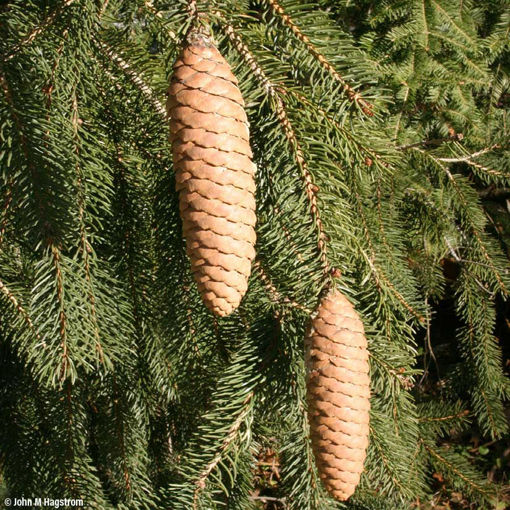
Elegant baubles for a majestic tree. John M. Hagstrom
The lowest tier of branches is brown and dead, so there is space underneath for table and chairs, a secret room for puttering and potting. I could store pots here, too, and bags of soil and garden stone, and wheelbarrows, and construction materials. These are not particularly majestic accessories for the skirts of such a noble tree, but it is shady and quiet working under these boughs, and I promise we will remove the clutter as soon as we get to spring projects.

You can just catch sight of my chair from this vantage point. Now, at the end of winter the soil at its base is covered with a thick, soft layer of needled twigs blown off by the wind.
Somehow we learned this giant was a Norway spruce, relative of the native, stiff-needled Colorado spruce. The needles on our tree feel smooth and non-confrontational as you run your hands along a branch.

A dusting of snow frosts its large branches, or skirts as they are called
Despite its name, most people assume Norway spruce is native. It seems to be everywhere throughout northern landscapes, first planted, then seeded in. Imagine immigrants more than a century ago bringing this token of the old world with them, living memorial of home and heritage, to serve as windbreaks, boundary markers, or decorative accents.

The tree takes snow and bluster in stride, as the hydrangea paniculata beneath it struggles to keep its branches from being buried, and the wrought iron garden chairs grow comfy cushions
In our garden Norway spruce is a cozy hangout for small birds — chickadees, titmice, juncos, warblers — who disappear in its pendulous branches. They may emerge to feed on seeds scattered from its cones, along with robins in late winter, but mostly they loaf while they wait for a turn at the feeder. Or hide from predators.
Apparently hawks and owls like to roost among its branches, too, but we have not seen any yet, nor heard any frantic confrontations. And there are other creatures, too.

Evening in February. Patio tables have layer cakes and chairs have comfy cushions so what is going on under the snowy cloaks of winter that cover the spruce boughs is hidden
Snow is shrinking as winter closes out in March, and dastardly deeds are being exposed. A carpet of shed twigs lies under the tree, lovely and green and plushy.
The culprits? Apparently squirrels, who have tried to reach our bird feeder but were foiled, have substituted spruce buds for bird seed in their diets. They clip a twig so they can hold it and chew off buds for next year’s growth, then drop the twigs like so many old bones.

Apparently our squirrels do not have a waste-not want-not philosophy. Lots of uneaten buds in the piles,, and lots of twigs for us to clean up
So, this noble spruce is not invincible. Small creatures, frisky and hungry, can quietly tease treats for many a winter meal out of its boughs. In February, when I saw a squirrel sitting comfortably on my potting table amid a pile of green twigs I naively thought he was taking a break from plowing through eight inches of snow or plotting his assault on our bird feeder.
Green ash (Fraxinus pennsylvanica)
The green ash that sits at the far end of our garden seems perfect.
The moods of this old tree can mesmerize you. It dominates a wide sweep of lawn, precisely the vision you might take away from a rambling public garden. It’s photogenic, too. We’ve captured it silhouetted against sunsets and storm clouds and snowstorms, as shown in this slide show.
This slideshow requires JavaScript.
Its thick, heavy, furrowed trunk speaks of age. Its scars speak of past skirmishes and survival.

I wonder, when I see damage like this on a tree, how did the insult come about, and how did the tree finally heal itself to live another day, or decade, or century?
Its muscular limbs stretch like wings to create a wide crown that casts cool shade on hot afternoons. Beneath it, a healthy stand of periwinkle grows in a perfect circle that calls out for a garden bench.
But our green ash, though it has survived past insults, is ailing.
Once upon a time this native tree grew in swamps and floodplains across the country. Gardeners adopted it because it tolerates some drought, and it grows fast and casts lovely shade.
When Dutch elm disease invaded, green ash became a substitute for dying elms. And as white ash became scarce, green ash stepped up to supply wood for oars and canoe paddles.
For decades, it seemed green ash could jump into any reasonable niche, though messy pods from female trees and weedy seedlings frustrated gardeners. Planting male cultivars, which are seedless, muted complaints.
Yet millions of trees across the US and Canada are dead and dying, have been for decades. Unraveling the mystery behind this mass die-off has proved to be one of the longest running ecological detective stories ever.
Today we know that a glittery, diminutive, half-inch long insect called the emerald ash borer is the culprit. It is one of the most destructive and costly forest insects ever to invade New Hampshire.
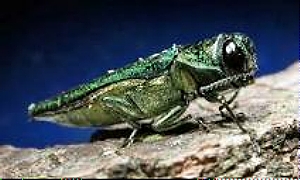
Adult emerald ash borer, only half an inch long is bright but easily hidden among leaves at the top of a tree. Cornell Cooperative Extension
Three decades ago, nobody was looking for an insect they had never heard of. The only visible clue that ash trees were declining was a general thinning of their crowns, first observed in lower Michigan, then elsewhere. Why? Road salt? Drought? Changing water tables?
Only when an arborist finally spotted a beetle many years after they had multiplied and begun killing trees, could scientists begin to recreate events and solve the mystery.
Stowaways from Asia, probably hidden in wooden packing materials, probably only a few of them, probably arrived here around 1990, or probably even earlier.
In Asia, ash trees evolved along with this beetle, so a balance was struck between insect and tree. Here the beetles found a banquet of ash trees with no defenses. They thrived in stealth.
The MO of the emerald ash borer (alias, jewel beetle) is this: Adults feed on foliage; they mate; females lay eggs in bark crevices; eggs hatch; larvae feed underneath the bark; they create galleries that disrupt the arteries of the tree; mature beetles escape through D-shaped holes. The cycle is then repeated, on the same tree if it still lives, or another tree.

Larva chews through wood, creating galleries that eventually prevent vital fluids from moving throughout the tree. David Cappaert, U of Michigan, Bugwood.org
Most likely you’ll never spot a jewel beetle because they operate under cover for most of their lives.

Adults exit through D shaped holes that are almost impossible to spot. David R McKay USDA
There’s a twist to the mystery. On their own, these small boring insects don’t travel very far, and it takes generations of insects to kill a tree. Without accomplices they could not have spread so quickly.
We the people have aided and abetted the invasion of the emerald ash borer. Who knew that healthy trees purchased from a nursery could already be infected? Who knew that transporting firewood or logs would carry the insect into new territory?
If you look closely at our ash tree you will see that its crown is thinning. Our neighbor recently removed his weakened ash, so the cards are played.
Chemicals may seem to deal a better hand, but they only delay the loss, and at what cost to the environment?

As leaves turned colors this fall it was easy to spot thinning. There is more damage on the shady side of the tree
If we see a red-bellied woodpecker tearing at bark for nuggets, we will know that insects have taken over. If there comes a time when the tree must be taken away, we will have to accept the loss. Until then, we will rejoice each spring when our green ash leafs out.
Catalpa Tree (Catalpa speciosa)
Until we moved here, I had almost forgotten about the catalpa tree that dominated the front lawn of our house in the forties. It had giant (to a kid), heart-shaped leaves like fans, pretty flowers and sometime later, long dangling bean pods arrived.
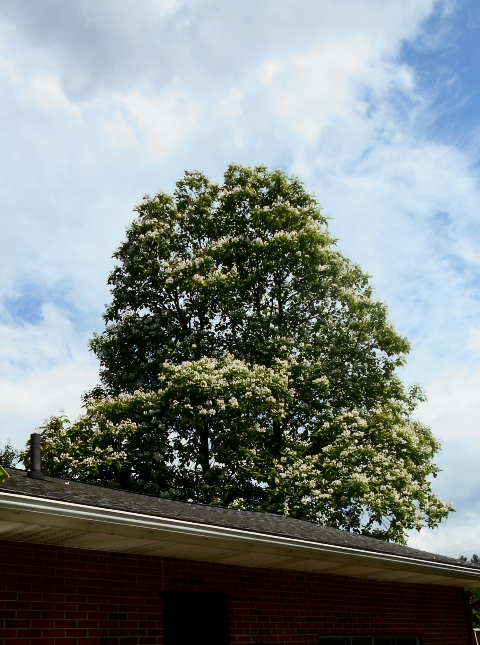
In our garden today, the catalpa tree dominates the skyline of our house. It could eventually grow to be 100 feet tall
The old catalpa tree, as we knew it, cast lovely, if limited, shade. On a pleasant day our parents would sit under the tree, catching up with old friends who had come to visit, while we kids came and went, wondering how big folks had so much to talk about.
On hot days, we kids were happy to play Monopoly or double-deck Rummy (probably with made up rules) with friends under the shade of those lovely big leaves. It became our green hideaway in summer.
It was the only tree we knew that had such pretty blossoms. One of our friends wore the blossoms on her fingers. Sometimes we would put them in our hair and parade around like pretty ladies. We spent many hours under that tree.
That is, until the worms came. From out of nowhere, it seemed, they began falling on us. Not hundreds, you understand, but enough to give us all the creeps. One time my little sister ran into the house hysterical because she was sure she had worms in her underpants.

The “worms’ probably looked something like these two color variations of the catalpa hornworm
Pretty soon our old catalpa tree got too big for the narrow front lawn and it seemed to be reaching for the garage. It was very healthy. It produced hundreds of pods each year, maybe more, at a constant clip, and nobody wanted the chore of raking them up.
Then there was the matter of the worms that fell to the ground and invaded underpants.
The catalpa became that bugaboo of trees that must get along with humans: the messy tree.
Our parents said, Enough! The tree must come down. How much the worm-terrors played in that decision none of us remembers.
(From a Gardener’s Perspective: The catalpa hornworm that unwittingly caused the ruckus is a caterpillar, relative of the tomato hornworm. It is the larval stage of the Catalpa Sphinx Moth.

Rather dowdy, females programmed for egg laying, not a moth you would notice
After chewing on catalpa leaves in summer, it will spend the winter as a pupa buried beneath the soil to complete metamorphosis and emerge as an adult moth.)
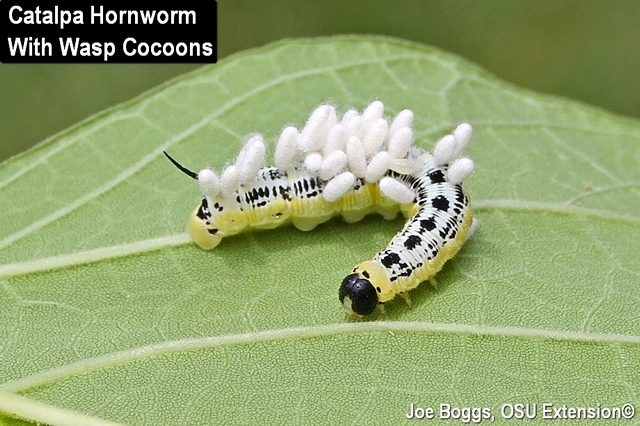
. . .Unless a parasitic wasp lays its eggs on the caterpillar so its young can feed on the host,, same principle as wasps on a tomato horn worm
As it turned out, removing the catalpa was a boon for us kids who switched from playing cards to playing endless games of croquet all summer – not, you understand, the quiet, genteel games of nineteenth century aristocrats.
No, we used the newfound space to plot clever courses around and through shrubbery that inevitably provoked very loud discussions (Arguments? Never!) over rules (ever changing) and boundaries (ever changing) and perceived infractions. Looking back, I wonder if the neighbors ever noticed the noise.
We kids quickly forgot about the old catalpa tree.
And now, decades later, we have a catalpa tree on our side lawn. Old memories bring a smile. This handsome specimen is a skyscraper, comfortable where it is planted. We will never cut it down.

Catalpa in bloom on the side lawn
In spring it is covered with exquisite blooms whose intricate details cannot be appreciated because they are beyond the reach of our eyes. When they fall, they create a froth of white against dark grass and soon disappear.
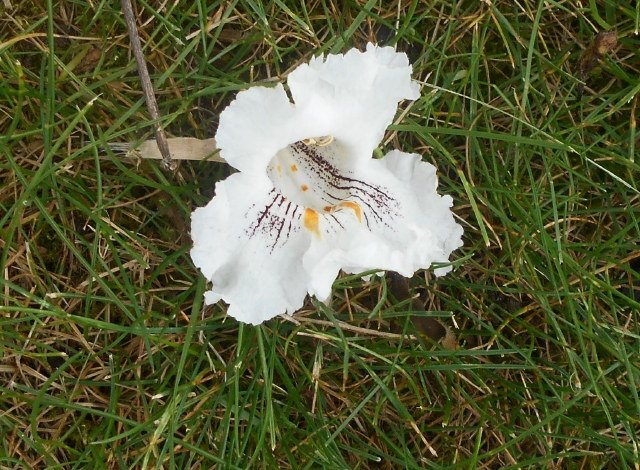
Honeybees use the “runways” into the heart of the flower to find nectar
And then the pods, or capsules as they are called, come by the hundreds. In these modern times the catalpa is not a messy tree. Old-fashioned push mowers that gave operators a cardiac workout were not aggressive enough to chop up the capsules. Today’s power mowers chew them up and turn them to compost.

Yellow leaves in fall, along with an abundance of capsules that contain many fringed seeds and darken later in the season. Arbor Day photo
We might look at the catalpa solely as a tree to decorate lawns (or irritate gardeners), but there is more to its story than that. The catalpa is native to forests from southern Illinois to western Tennessee. Its fast growth and resistance to rot made for sturdy, hand-hewn fence posts and railroad ties. With little fanfare, this tree made a contribution to the country’s progress long before power tools replaced calories.
Indirectly, the tree put good food on the table. Joe Boggs of Ohio State, who took the excellent caterpillar pictures above, remembers using catalpa hornworms as a favored bait for catching the largemouth bass that were served at many a family dinner.

Catalpa beans shine silver in a winter sun
Next spring when the catalpa tree blooms we will listen for buzzing in the tree, as bees seek nectar not only from flowers but from nectaries on the undersides of the big leaves.

Honeybee seeking nectar from the underside of a catalpa leaf, a common occurrence in spring. Fabulous photo by Zachary Y. Huang
I will always miss the wind whispering in country trees, but I rather enjoy gardening among city trees that don’t invade my territory or bop me on the head with nuts that squirrels drop — or launch. But then there are those catalpa worms to watch for. . .

Late afternoon sun gilds pine trees backing our property

